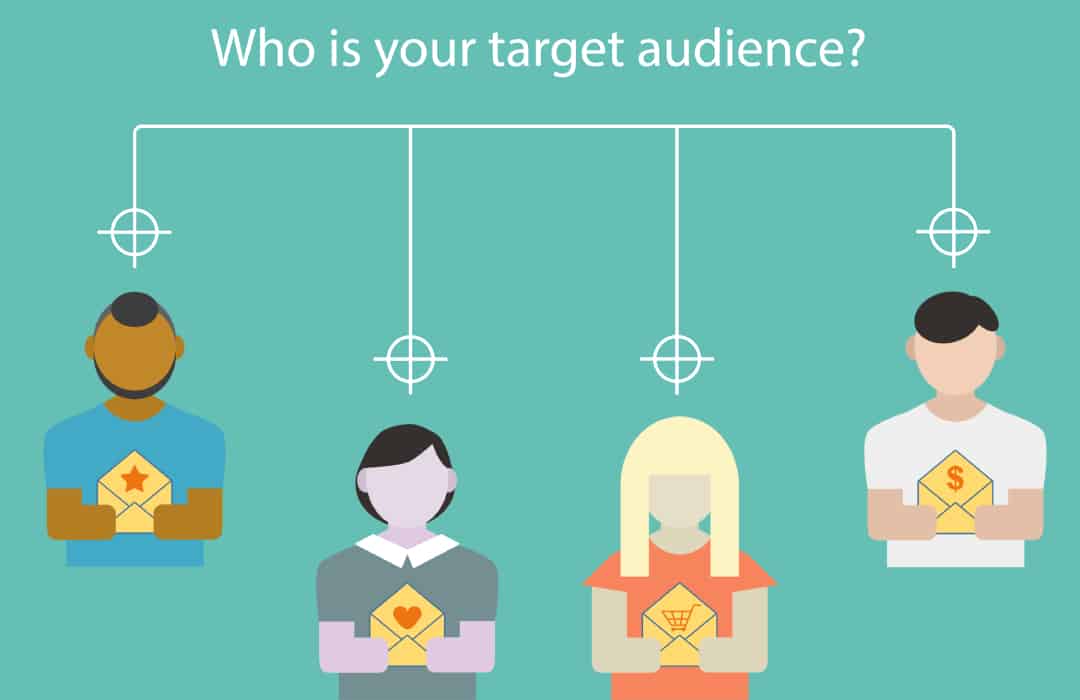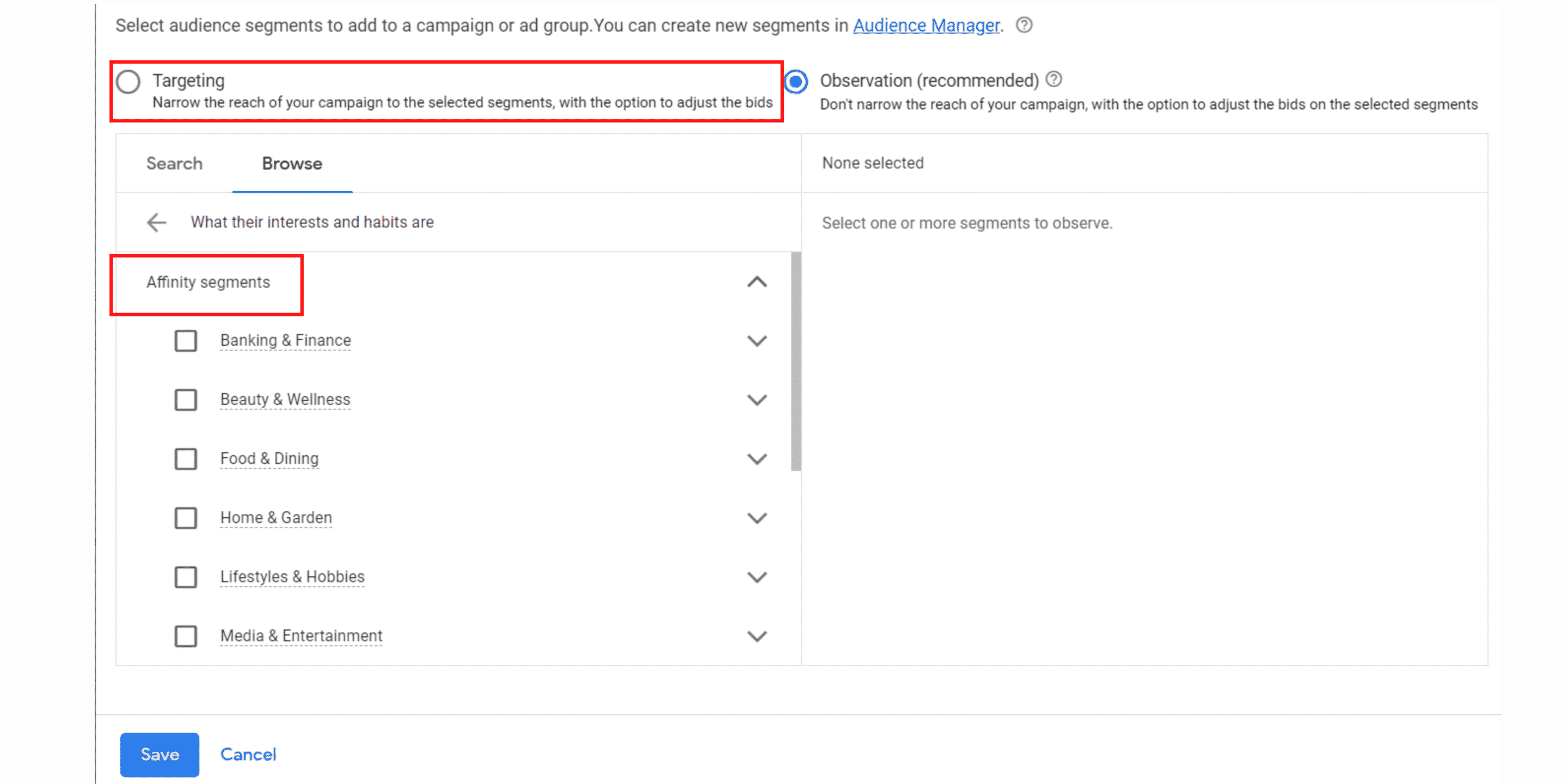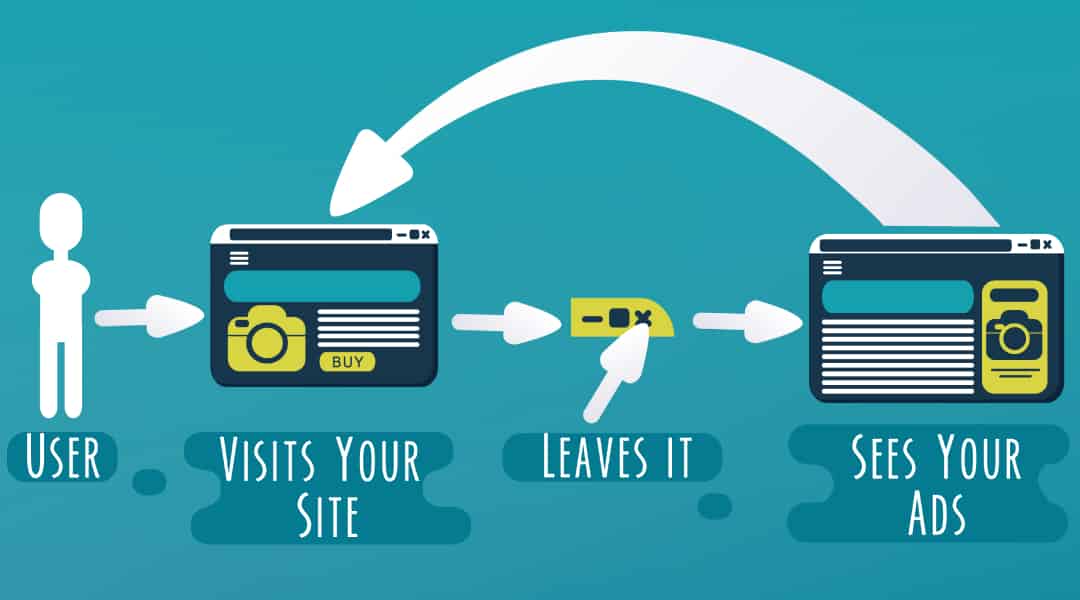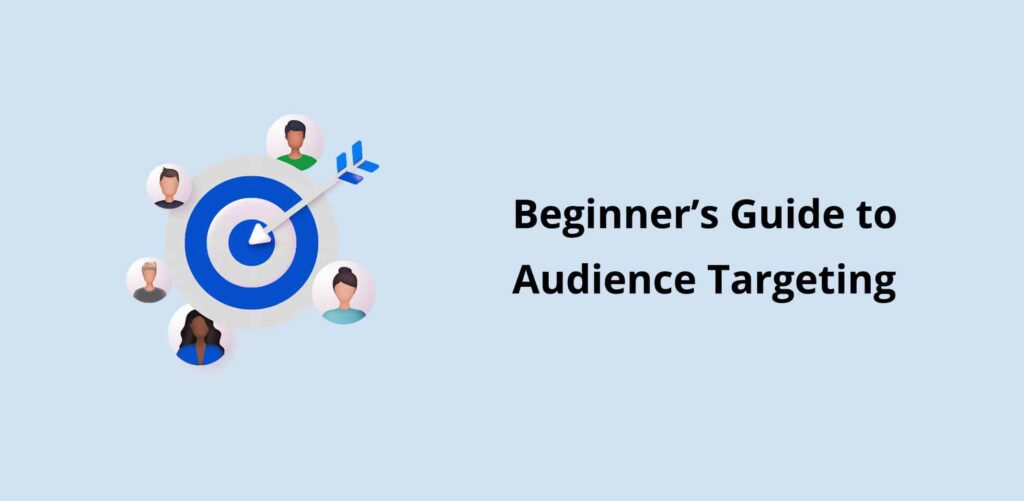Nailing your targeting is the foundation to every successful campaign. You could have the best content, ads, and landing pages – but if they don’t get in front of the right audience they will not drive revenue.
PPC marketing is one of the most popular approaches used by companies looking to increase conversions. You pay for each and every click on an ad, which is why you’ve got to make sure your ads are getting in front of your ideal audience.
You can’t adequately put together PPC marketing campaigns or any other successful marketing strategy unless you know your audience and where your Ads are directed.
What is Audience Targeting?

Every brand’s target customer has some qualities – after all, everyone chose that brand for a reason, right? Digital marketers utilize audience targeting to ensure that their ads are only shown to individuals who are most likely to be interested in what they’re selling.
It’s done by selecting (or “targeting”) the viewers who will see a given ad campaign based on available data on individual features, interests, and behaviors.

You can choose who sees your ads more precisely using audience targeting. You can reach consumers throughout the web by using audience targeting based on their online behavior and the indications it sends about their likes, interests, and buying histories.
But finding Target Audience isn’t an easy game! There is so much more than just finding the right individual for your product or service. This is why we did all the hard work for you so that you can get to know what all goes behind Audience Targeting!
Let’s get going!
Things to keep in mind before starting Audience Targeting

Identifying the target audiences for your digital marketing campaigns demands some research. There are a few things you should know before you start looking for the right audiences:
1. Your campaign’s target audience can vary.
Let’s assume you are in the real estate business in Texas and want to launch a retargeting campaign. That campaign’s target audience would be anyone who looked at your services on your website regardless of their demography.
However, for a Google Ads campaign, you might want to target anyone in a specific place (anyone in or near Texas) who types in a particular search term (real estate property in Texas). Although the target audiences vary, the goal remains the same: to reach people who may be interested in your product. So as your product changes, the target audience can change too.
2. There can be various target audiences.
Let’s assume you own a real estate company, for which you might want to target individuals who want to buy a piece of land. Or You might also want to target homeowners who are planning to sell their homes and want to boost their resale value.
Each of these groups of people is a potential target audience. So, you have to keep your options open to a variety of audiences that might benefit from your services.
3. Examine your goods and services.
You must first understand what you have to offer consumers in order to know who can benefit from your products and services. Begin by listing all of your products and services’ features and benefits. Then consider the individuals who come to mind could be your target audience.
4. Analyze your online statistics.
Who visits your website and engages with your social media? What characteristics do they share, particularly when they come and engage?
5. Study your competitors.
Who’s your competition aiming for? Will these similar folks be interested in your products and services? Explore the possibilities & chances you will find what you’re looking for.
Type of Audience Targeting Strategies
Audience targeting strategies are an essential element of everything we do as digital marketers.
Integrating effective targeting tactics increases your chances of reaching an audience interested in your products or services. It allows your company to spend its budget more effectively and ensure that ad expenses are not wasted.
This is why we have created a list of Audience Targeting strategies that you just can’t miss! Here it goes:
1. Demographic Targeting

Demographic targeting is one of the most well-known methods of targeting. These targeting options allow you to choose attributes relevant to your business. Targeting people based on their age, gender, parenting status, or possibly their income can come under Demographic Targeting.
For example, You don’t want to waste money promoting baby food to pre-teen guys, They aren’t parents, and they wouldn’t be interested in such a product.
2. Location Targeting
Location targeting is one of the most incredible places to start when it comes to exploring targeting tactics. Targeting specific geographic locations is known as location targeting.
These areas are determined based on the location of your intended audience. You can also block particular locations from seeing your adverts using location targeting. These are usually areas that have nothing to do with your product or service.
You can target a particular country, city, or even a specific zip code with location targeting.
3. Affinity audiences

An affinity audience is a group of people you may target based on their habits and lifestyle. They’re the type of audience who shows a strong commitment to a particular theme or topic.
They enable us to reach the most appropriate individuals for certain lifestyle-related products or services. We can better grasp their identities and use that information to target them directly.

P.S. Affinity audiences are the most effective at increasing brand awareness.
4. An in-market audience
Affinity audiences are pushed to the next level with in-market audiences. It involves focusing on people who are on their way to making a purchase.
An in-market audience is looking for a specific product or service and researching products in your sector, considering products in your industry, or even purchasing similar products and services.
And because they are far more likely to convert, these high-value clients are very useful to target.
5. Remarketing targets

When it comes to digital advertising, relevance is essential! Remarketing audiences solves this problem. You can tailor your search ad campaigns to reach people who have already shown interest in your business, and they are more likely to convert. This is one of the most common Audience Targeting strategies.
6. Using similar audiences
Similar audiences are an excellent targeting method to employ, especially when looking for new audiences. The concept is to locate new clients similar to your present customers and then target them with your ads.
Similar audiences are ideal for those who already have a list of consumers who convert frequently and want to expand it. They streamline the process of finding new valuable consumers, eliminating the guessing games!
Want some help with your targeting? InvisiblePPC can take care of all of this when we manage your client’s ads.
Learn more about us here and see how we do it!


